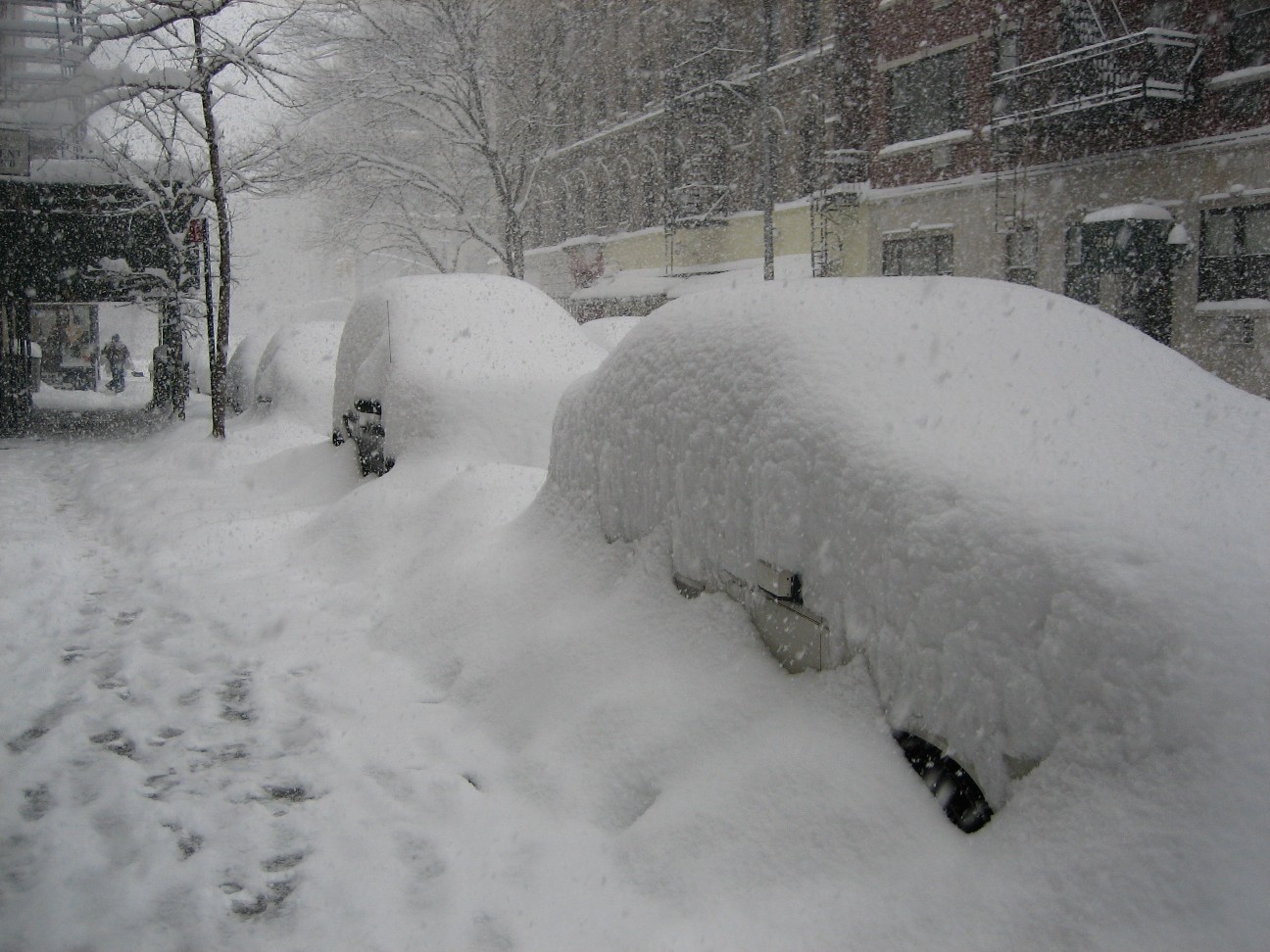
© Unknown
Residents across the Midwest and the Plains who made it home for Christmas were digging out on Friday after a fierce snowstorm while those who spent the night in airports and shelters tried to resume their journeys. Meteorologists warned that roads across the region remained dangerous.
The National Weather Service said blizzards would hit parts of North Dakota, South Dakota, Nebraska, Wyoming, Minnesota, Iowa and Wisconsin through Saturday. The storm had already dumped significant snow across the region, including a record 14 inches in Oklahoma City and 11 inches in Duluth, Minn., on Thursday.
Slippery roads have been blamed for at least 21 deaths this week as the storm lumbered across the country from the Southwest. Ice storm warnings and winter weather advisories were issued for parts of the East Coast on Friday, but the region was largely spared.
Paul Mews, who drove from Faribault, Minn., to a relative's home in Plum City, Wis., on Friday morning, said the first 15 minutes of the 80-mile trip were clear, but a surge of heavy snowfall produced a stretch of near-whiteout conditions.
